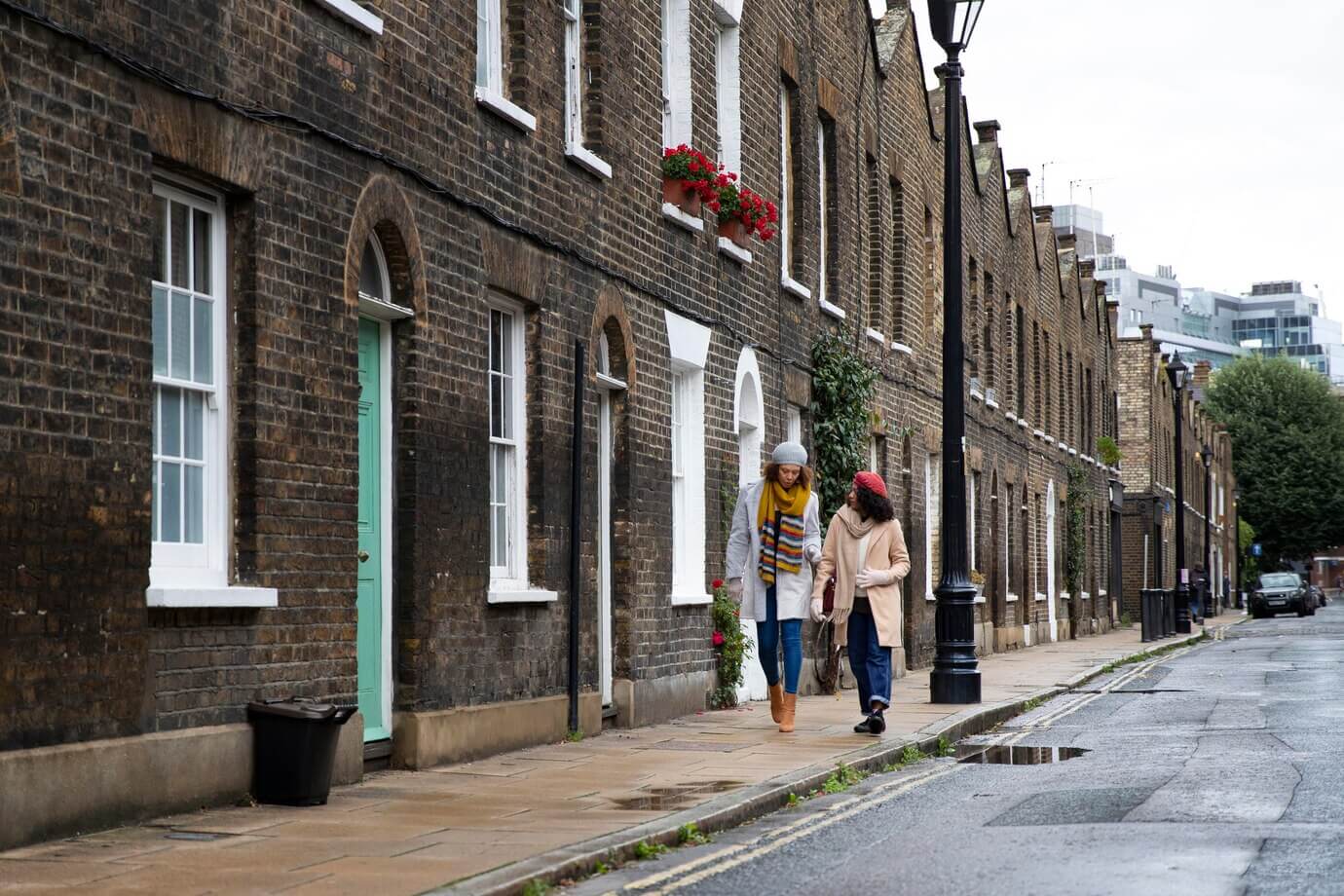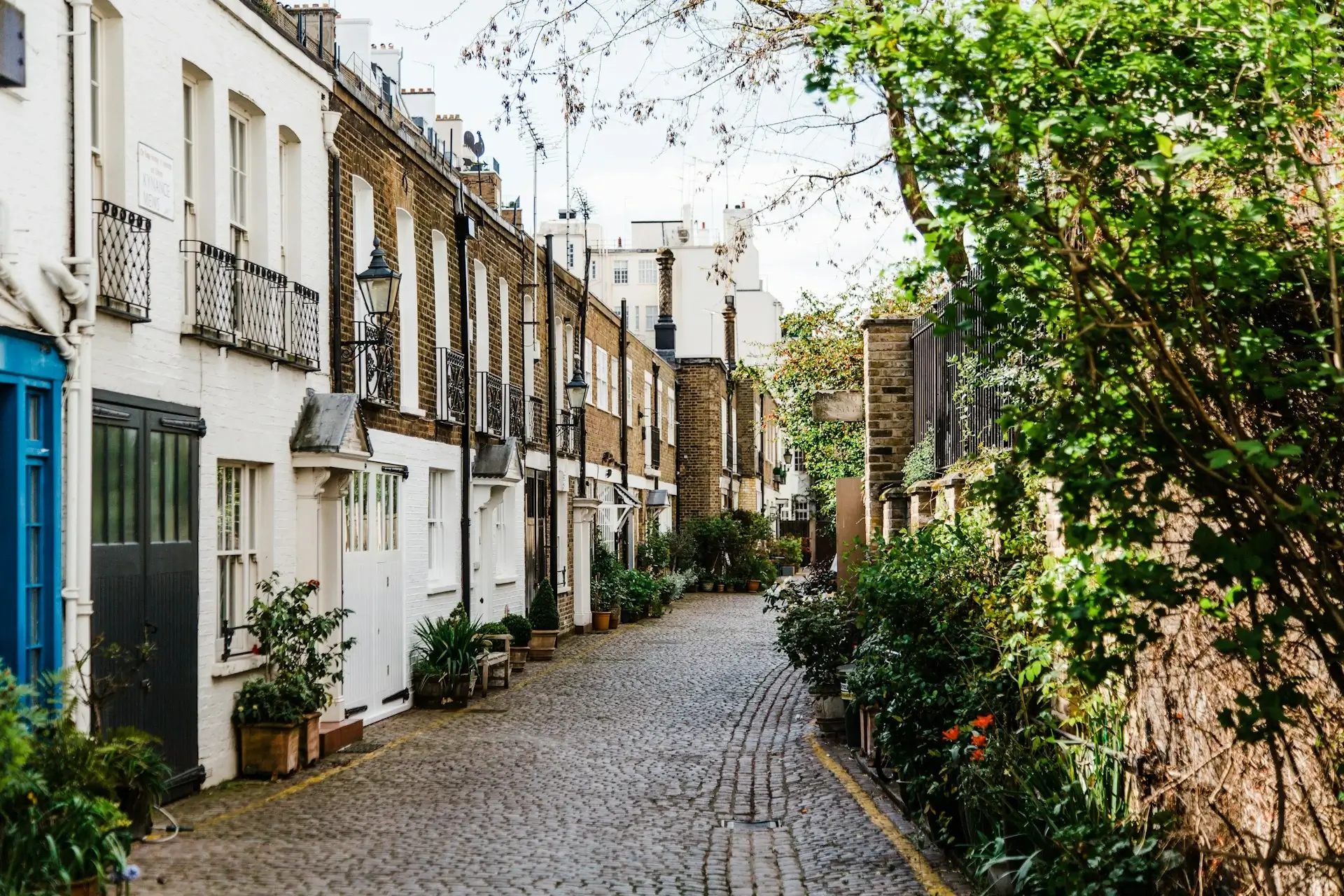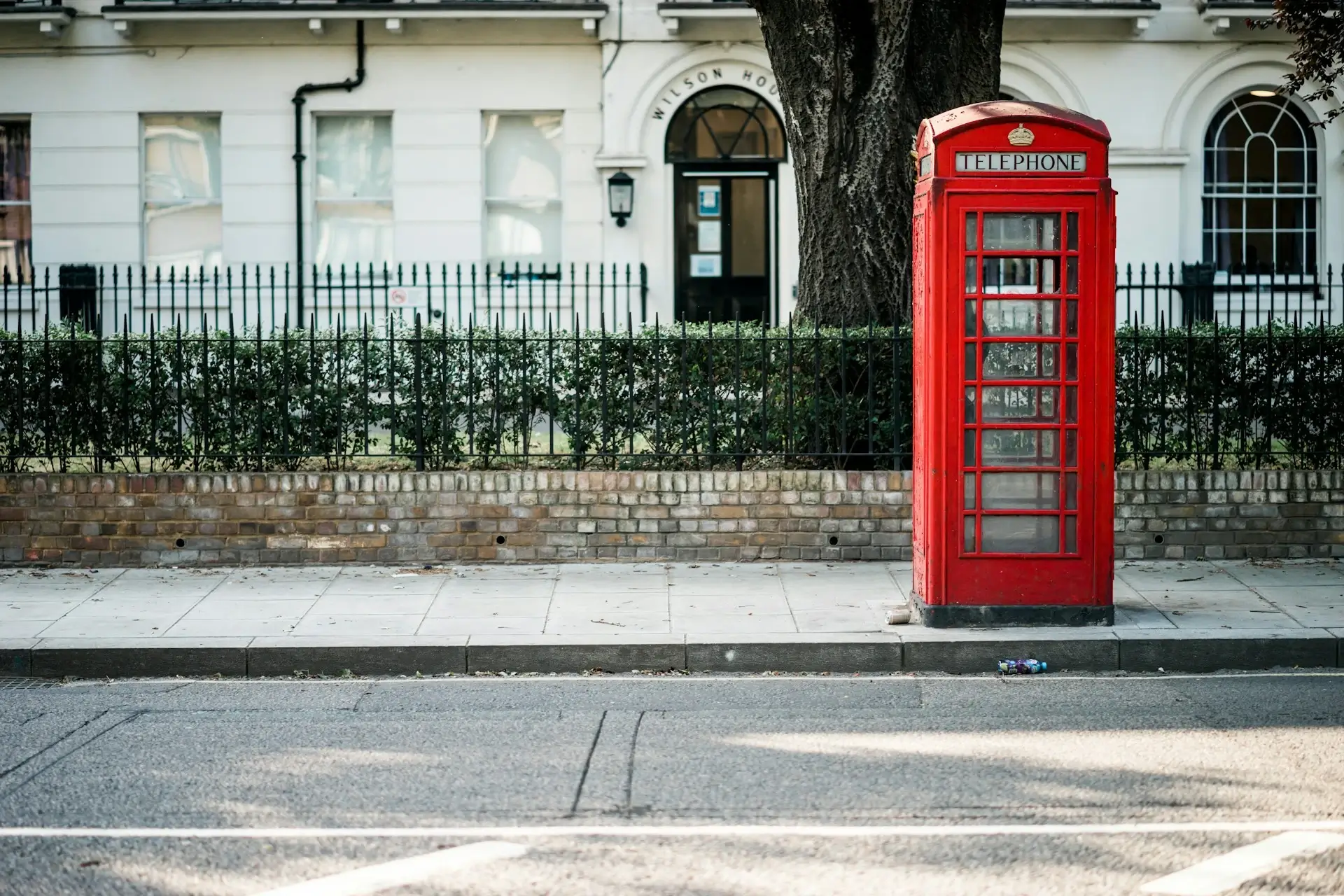In the United Kingdom, the first home scheme is an offer that allows first time homebuyers to purchase homes at anywhere between 30% to 50% below market value. Ultimately, this program exists to assist certain individuals who are getting priced out of the market.
Scheme first time buyers are understandably appealing to aspiring new homeowners; however, it comes with certain stipulations that one should know before moving forward.
Throughout this guide, we’ll have a look at the first homes scheme, mortgage options, what happens when you move into your new home, and more. This guide will also walk you through the pros and cons of such a first time buyer government scheme.
Before we get into any of that, let’s first explore the eligibility criteria for this UK offer.
Eligibility Criteria
Being able to purchase a home well below the market rate can be a lifeline, especially for buyers who are looking to secure real estate on a budget. However, before you can proceed with the UK government first home scheme, you have to meet a series of qualifications concerning age, residency, income limits, and more.
Age and residency requirements
First and foremost, the first home scheme is only available to persons who reside in England. This means if you live in Scotland, Wales, or Northern Ireland, you will not be eligible for this particular offer.
- You also need to be at least 18 years old and a first time home buyer.
- If you’ve purchased a residence at any other point, you will not be able to proceed with the first time buyer government scheme.
- When purchasing a home with other individuals, all parties involved are also mandated to meet age and residency requirements in order to qualify for the first homes scheme.
- All parties involved must be at least 18 years old and first time home buyers.
- Furthermore, this scheme is only available to individuals who apply together, even if everyone isn’t securing a mortgage.
- The first homes scheme may also be available to individuals who are members of the Armed Forces. Besides, if you are a spouse or civil partner of someone who is in the armed forces and passed away due to wholly or partly by their service, you might be prioritized.
- It is also suitable for “key workers” in England. Typically, key workers include teachers, nurses, doctors, supermarket staff, and delivery drivers.
Exemptions For Armed Forces and Their Families
Local criteria only apply for the civilians. There are some privileges for the people who are in the armed forces and their families. Therefore, you do not need to live in the local area or be a key worker. These include:
- Being in the armed forces
- The former spouse or civil partner who’s divorced or separate from their partner in the armed forces.
- A widow/widower whose partner passed away due to their services.
- The people who left the armed forces in the last 5 years.
Income limits
The first time buyer scheme comes with certain income caps that you’ll want to be mindful of. In order to take advantage of this program, your pre-tax annual earnings can’t surpass £80,000. For properties in London, the annual cap increases to £90,000.
Similar rules apply for English residents who are looking to partake in the UK government first home scheme with joint buyers. In this case, the collective, annual income of all parties involved may not surpass £80,000 before taxes – or £90,000 for properties in London.
To ascertain whether or not you meet the income limits for this government program, you can review the totality of your earnings from the tax year before this one.
Other qualifications
Age, residency, and income aren’t the sole qualifications that can make or break your eligibility for the first home scheme. It’s also imperative that you’re financially able to secure a mortgage worth at least 50% of the property’s valuation. If your economic situation doesn’t allow you to do this, England’s first time buyer scheme will not be available to you.
Application Process
If you’re confident that you meet the criteria for this program, the next step is going to be submitting an application. At this point in the guide, we’ll go how one should apply for the first homes schemes and the required documentation to get your application reviewed.
Steps to apply
Reaching out to a real estate agent or developer comes first and foremost, especially if you’re purchasing your home from a seller who previously engaged in the UK government first home scheme.
After letting your real estate agent or developer know that you’d like to secure property via this program, they’ll conduct due diligence. This is important on their end to make sure you qualify for the first time buyer government scheme.
Assuming that everything checks out, your real estate agent or developer will help you fill out the application before handing it over to the local council.
A key part of your application will have to include a name and contact information for your conveyancer. This being a legal professional who handles the ins and outs of real estate transactions.
If you don’t currently know a conveyancer, you can find one of the websites for Law Society or the Council for Licensed Conveyancers.
Required documentation
Knowing the necessary documentation for submitting a first home scheme application will save you a lot of time and headaches. As you go through the application process, you’ll need to submit the following documents:
- Photo identification
- Prior three months of your payslips
- Prior three months of your bank statements
- A decision in principle (DiP) from a mortgage lender
- Prior two signed off self employment accounts OR P60’s
Without these essential documents, your application may be rejected.
Deposit Requirements
If you’re ready to move ahead with the UK government first home scheme, you’ll need to ensure you meet the government’s deposit requirements. We’ll have a look at what that entails now, along with acceptable means of raising a deposit, should you need to do so.
Minimum deposit amount
In most cases, the minimum deposit amount for the first time buyer scheme is 5%. This means if you’re purchasing a home with a valuation of £100,000, you’ll owe a 5% deposit of £5,000.
If your minimum deposit amount is higher – or if you’re unsure about your deposit for the first time buyer government scheme – you may find it helpful to consult with a mortgage broker.
Sources for raising a deposit
Without the mandatory deposit amount, moving ahead with the first home scheme won’t be possible. However, if you don’t immediately have the available funds, you can take steps to raise the money.
Taking on extra responsibilities at work is an option, as is seeking out extra employment via freelancing or driving for rideshare companies like Uber or Bolt. Purchasing a home with other eligible individuals through the UK government first home scheme is another way to raise the necessary deposit to move ahead.
Mortgage Options
At this point in the guide, we’ll have a look at how to secure a mortgage when purchasing property through the first homes scheme. It’s important to know what your options are, what applying for a mortgage looks like, and the special considerations that may be available to you as a first time buyer.
Types of mortgages available
In the UK, you’ll find that fixed rate mortgages are the most common for homebuyers. These mortgages allow you to commit to steady interest payments for a set amount of years.
This stands regardless of any changes to the base rate of the Bank of England.
Fixed rate mortgages
Today, fixed rate mortgages generally come in two or five years; however, mortgages consisting of three, seven, ten, and 15 years are also available. After your chosen time frame, you’ll have to remortgage or transfer to your lender’s standard variable rate (SVR), which can be pricey considering the market value.
Tracker Mortgages
Next up are tracker mortgages which rely on the Bank of England’s base rate. This base rate goes hand in hand with your monthly dues, meaning if the former increases, so does the latter. However, a decline in the base rate doesn’t always equate to lower monthly dues. After the two year introductory deal period, remortgaging or accepting your lender’s SVR is mandatory.
Discount Mortgages
Discount mortgages allow homebuyers to essentially get reductions on the SVR from their lenders. This means if your lender’s SVR shakes out to 5%, your discounted mortgage may only require you to pay 3% or 4%, depending on the reduction available to you. Mortgages of this nature generally have introductory deal periods lasting only two years.
The Standard Variable Mortgage
The standard variable rate mortgage depends on the set level from your lender. The set level doesn’t directly tie to the Bank of England’s base rate, but this base rate can be a factor that impacts it. Since SVRs don’t often change, the standard variable rate mortgage is arguably going to be one of your most inflexible mortgage options.
This applies doubly so for persons seeking to purchase a home via the first time buyer scheme.
Special considerations for first-time buyers
As a first time buyer, you deserve to know about the 5% deposit mortgage. This is a special consideration where purchasing a home with a 5% deposit allows you to borrow 95% of the property’s valuation.
In other words, the 5% deposit mortgage looks like this: Your 5% minimum deposit covers 5% of the home’s price and becomes your equity. The remaining 95% of the price is turned into your mortgage. Should you decide to remortgage later down the line, your lender may allow you to remortgage up to 95% of the home, assuming that you aren’t wanting to borrow additional funds.
Role of New-Build Developers
New build developers play a major role in the first time buyer government scheme. It’s through their work that eligible English residents are able to buy a home for the first time. The home can be either a new piece of property or a piece of property once purchased from someone else who partook in the first home scheme.
How developers are involved
In the first homes scheme, developers are the driving force. They’re the ones ultimately offering eligible residences to first time buyers at discounted rates of 30% to 50%. These homes are built with purpose and meant to help aspiring homeowners successfully arrive on the property ladder.
This has become increasingly challenging in recent years. In fact, increasing real estate prices across England were a major factor in the program.
Finding participating developers
The first time buyer government scheme is geared for aspiring home owners to purchase property in their own localities. For this reason, you can find participating developers by searching for homes via data-driven property portals. Zoopla, Rightmove, and Propertyfinder are especially popular in the UK.
If you’re not sure whether properties on these portals qualify for the first home scheme, contacting a real estate agent for customized support can help.
After a Successful Application
Getting an approved application for the first time buyer scheme is a major milestone, but there’s still much more to consider. At this point in the guide, we’ll have a look at all that’s involved in making this move and preparing for long term ownership.
Moving into your new home
Once you’re ready to move into your new home, you’ll want to take some important measures to set yourself up for success. As a homeowner, taking gas, electricity, and meter readings is a big deal. This allows you to get your current information over to your supplier and ensure you aren’t paying for any previous owners who may have lived on the property.
Making sure that everything looks good around the house also matters, as does keeping track of bin day. Don’t forget to formally update your address and get fully insured.
Long-term ownership considerations
If you ever want to sell or (sub)let your home in the long term, this will come with certain restrictions since you purchased through the first time buyer government scheme. Some home owners may be okay with this, due to the 30% to 50% discount they received on the property. Others may not.
We’ll explore what this looks like in the upcoming part of this guide.
Selling or Letting Your Property in the Future
When you purchase a home via the UK government first home scheme, selling or renting your property later down the line comes with certain stipulations. It’s important to be aware of these before taking advantage of the first homes scheme.
Process for selling your home
When selling your home, it can only go to a buyer who meets the criteria for the UK government first home scheme. You’ll also be mandated to supply them with the same homes’ discount rate you received at your time of purchase.
Moving forward with the sale is fairly simple though. You’ll first inform your local council that you’d like to sell the property. Next, you’ll contact a real estate agent to sell under the first homes scheme before getting a Royal Institution of Chartered Surveyors (RICS)-registered surveyor to give a property valuation.
(Sub)letting out your home
If you’d like to let or rent your home to others, you’re typically not allowed to do this for more than two years at a time. You’ll also need to get the green light on this from your local council and mortgage lender before bringing in any tenants.
Potential Downsides of the Scheme
While a 30% to 50% discount on a home sounds great at first, it comes with certain tradeoffs. As we discovered in the previous section, there are significant limitations when it comes to selling or even just (sub)letting property purchased via the first time buyer government scheme.
That’s not all that comes along with this scheme though.
Market limitations
Finding developers who are using the first home scheme may be more time consuming. Since this homes’ discount comes right from developers’ pockets via tax, some of them prefer to sell property at full price. If you’re looking to purchase a home fairly quickly, the first time buyer scheme may not be your best bet.
Responsibility for maintaining the property
Even when purchased at a discount, maintaining a home costs money. With the 30 to 50 percentage discount, you’ll still be responsible for property upkeep, yet you won’t have the freedom to sell or (sub)let it as easily as traditional homeowners. For some people, the limitations of this scheme may not be the best fit.
FAQs on First Home Scheme
The local authority oversees first homes’ eligibility criteria to ensure properties remain affordable for local first-time buyers. Their responsibilities include:
– Defining the local eligibility criteria, such as residency requirements and income limits.
– Ensuring homes maintain their discounted purchase price structure.
– Approving applications and verifying that buyers meet the income thresholds.
– Managing resale conditions to maintain affordability in the local community.
– Potential buyers should check with their local authority to confirm specific criteria before applying.
Eligibility for a discounted purchase price is primarily based on the income limits set by the local authority. These income thresholds vary but typically include:
– A maximum income of £80,000 (£90,000 in London).
– Proof that the buyer cannot afford a home at full market price.
– Ability to secure a mortgage for at least 50% of the purchase price.
– Applicants must provide financial documents to verify that they meet local criteria for the scheme.
To qualify under homes eligibility criteria, new buyers must secure a mortgage for at least 50% of the property’s purchase price.
This program helps local first-time buyers by:
– Offering a discounted purchase price, making homeownership more affordable.
– Setting local eligibility criteria that prioritize buyers from the local area.
– Allowing buyers to buy a house without needing a large deposit.
– Ensuring income thresholds keep homes accessible.
– By maintaining affordability over time, this initiative ensures local first-time buyers can secure stable housing in their region.




